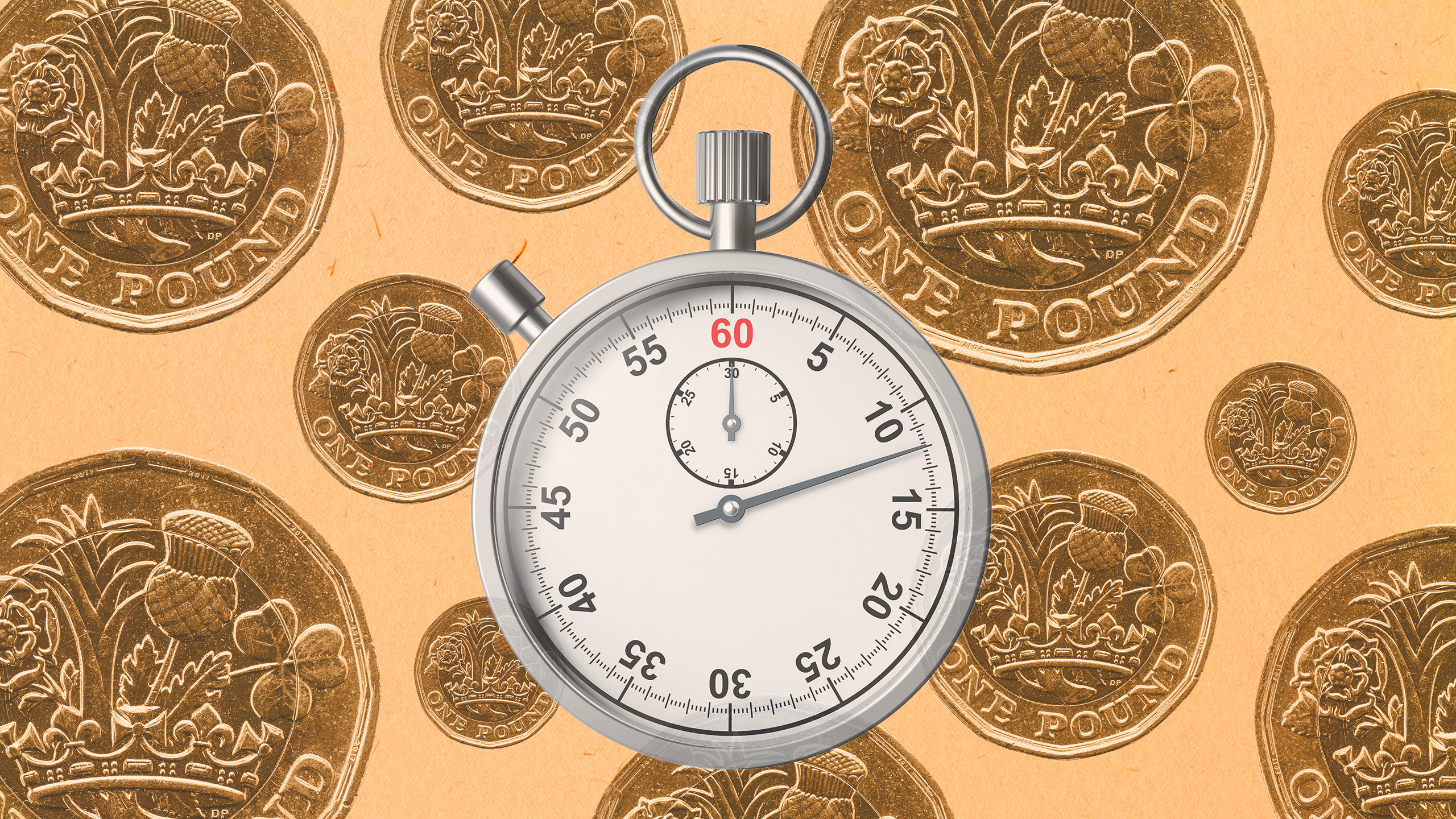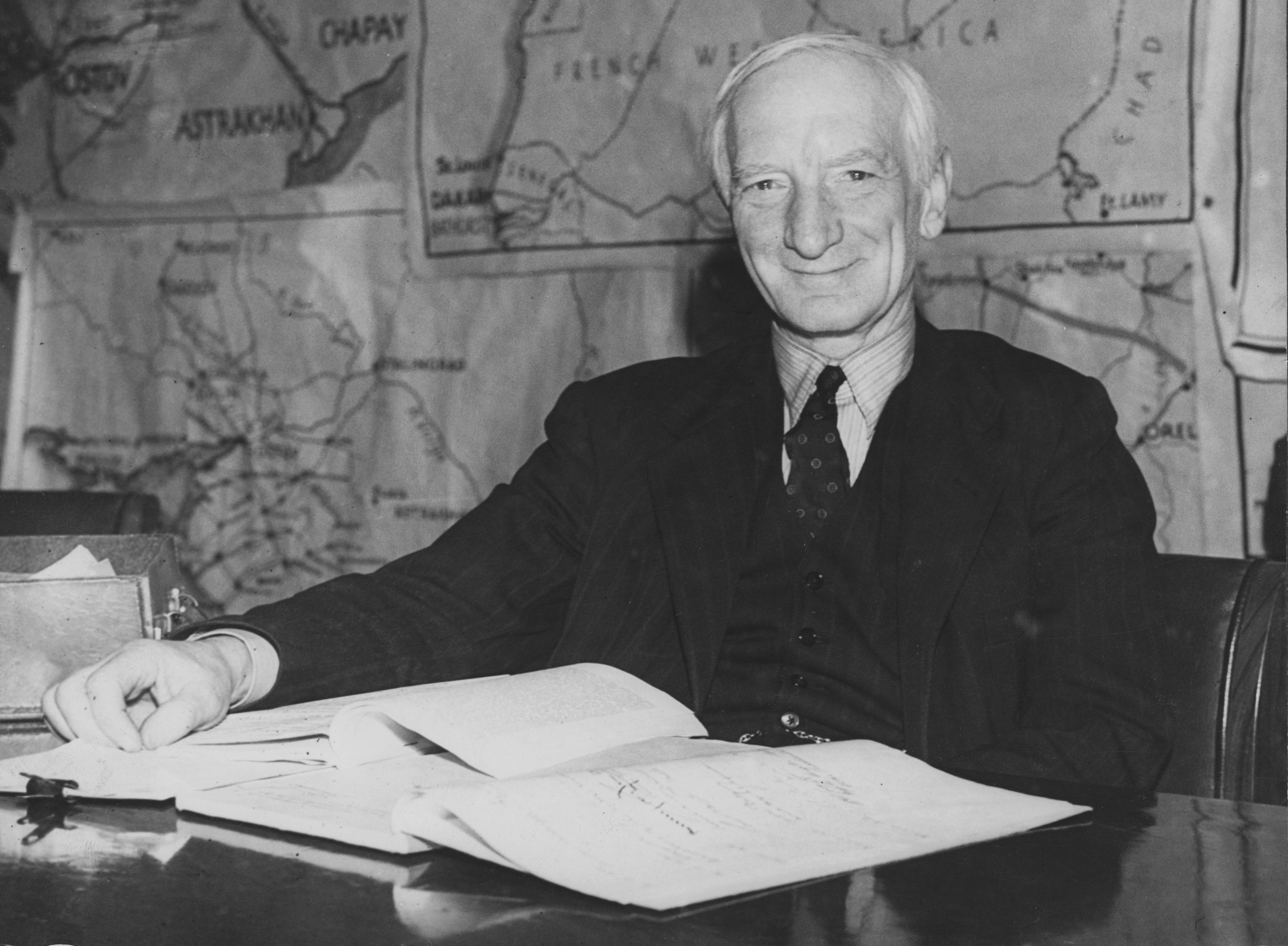
Your pension
A guide to pensions in the NHS and private sector
Retirement might seem a very long way off but the sooner you sign up to a pension scheme, the more you will benefit later in life
A pension is a financial scheme where an employee puts a percentage of their salary into a fund each month to provide for their retirement.
A pension is a financial scheme where an employee puts a percentage of their salary into a fund each month to provide for their retirement. This amount is, in some cases, matched or exceeded by their employer’s contributions. For example, the employee pays in 3% and the employer pays in 6%. In most cases, the contributions are invested and the pension pot grows over time. When the employee retires, they draw down the money and use it to fund their retirement. All this is known as the “pension contract”. The NHS pension scheme is excellent value for money and has generous benefits that exceed those available in the private sector significantly.
Why do I need a pension?
Workplace pensions were promoted after the second world war to provide the workforce with financial security. Before this, many workers lived in fear of retirement or getting injured at work. The Beveridge Report, published in 1942, set out a vision for a better, safer and fairer society when the fighting ended. The report’s two main elements, designed to remove insecurity and poverty in old age, were:
• A basic state pension for all, funded through a new tax called National Insurance.
• A second workplace pension to top up the state pension, with tax incentives to encourage workers to contribute.
The pensions aimed to provide enough money to maintain an independent standard of living for the employee and any of their dependants. In the case of NHS staff, this was set at a maximum of 72% their final salary (plus the state pension), based upon the number of years worked. For example, most people were expected to work for 40 years, so the second workplace pension would be worth one 80th for each year of service. For people, such as graduates, who were expected to work for 30 years, the pension was worth one 60th for each year.
British economist Sir William Beveridge (1879 - 1963) with his report. December 1942.
British economist Sir William Beveridge (1879 - 1963) with his report. December 1942.
How do I know I’ll get my money?
Pensions have become incredibly important to the economy and many people rely on them. The government underwrites the pension contract, which was tightened in the wake of pension scandals in the late 1980s and early 90s. In one example, newspaper owner Robert Maxwell stole from the Mirror Group’s pension fund to pay his debts.
Pensions are a safe form of investment – and public sector pensions are the safest of all because the government is the employer. In the NHS, there isn’t really an investment pot because the contributions go to the Treasury. Countries can’t really go bankrupt and the pension pot or liabilities cannot be sold off.
Pension benefits
If you remain in the scheme, your pension “accrual” is one 54th of your pensionable pay. You can take this without any penalty when you reach the state pension age of 67. If you work past 67, you can continue to make contributions to increase your pension pot until you reach the age of 77.
The value of your annual payments is based on a percentage of the average salary you have earned during your NHS career. You can also choose to receive a tax-free lump sum up to a maximum of 25% of the capital value of your pension but with a corresponding reduction in pension payments. The capital value is the value placed on your NHS pension scheme benefits by HM Revenue and Customs and is calculated by multiplying your reduced pension by 20 and adding the value of any lump sum.
Unless you retire on medical grounds, your pension will be reduced if you take it early. This is because you are expecting to draw it for longer, so you get broadly the same amount in total but spread over a longer period. There are consultations going on with the aim of making flexible retirement easier and more beneficial. Currently, the average age that people draw their NHS pension is 62.
Pensionable pay covers up to your normal 37.72 hours Agenda for Change contract. Unless you work part time, overtime and additional hours (and allowances relating to overtime) are not pensionable, which means you don’t pay contributions on this money. If you work part time, all your pay is pensionable until you have earned the equivalent of a full-time contract. If you are on paid maternity leave or in receipt of sick pay, your pension should not be affected.
Private sector pensions
Most private sector providers are not in the NHS pension scheme and would be expected to enrol you automatically in a defined contribution scheme. You and your employer have to pay the government’s minimum contribution rates (currently 5% of annual salary for employees and 8% contributed by the employer), although some employers contribute more. The contributions are invested and you get access to the value of the fund when you retire, with various options available on how to take the money, for example, as a pension, a lump sum or a combination of the two.
Unlike the NHS scheme, private sector benefits are not defined in advance but depend on the performance of the investments made on your behalf by pension fund managers.
Tax breaks
The government likes to encourage people to take up second workplace pensions because these take the strain off the state pension scheme. It offers a tax incentive to scheme members by deducting all contributions from taxable earnings rather than from net pay. You do, however, pay tax on your pension when you receive it.
Case study: Jo's Story
Jo starts as a Band 5 radiographer in June 2020 with an annual salary of £25,654 and joins the NHS pension scheme, which is currently paying 7.1%. Her pension pot starts to grow with 1/54th of £25,654 for her first year, which equates to £475.07.
This is banked and is inflation proofed. If Jo were to leave the NHS after one year, once she reached the state pension age (67) she would receive a pension of the equivalent of £475.07 a year.
Jo’s wages and pension get slightly bigger as she progresses through the increments and (for easy maths and as an illustrative example) after four years in Band 5, her pot is worth £2,100. When Jo earns £26,825, her contributions increase to 9.3% (of all her pay).
Jo gets promoted to Band 6 at the start of her fifth year, moving to an annual salary of £32,306. Her pension for the next two years grows by 2 x £598.26 (£11,96.52). If Jo left now, her pension would be £3,396.52 a year.
Jo stays and for three years her salary increases to £34,172 and her pension grows by 3 x £632.81 (£18,98.43) over this time. Her pension at retirement age is now worth £5,294.96 a year.
Jo then moves to the top of Band 6, earning £39,027. This accrues £722.72 for her pension each year. She is still paying 9.3%. After two years at the top of the Band 6 scale and 10 years in the scheme, Jo’s pension is worth £6,740.40 a year.
If she draws that for 15 years, she will have earned £101,106.06 in retirement for her 10 years in the NHS pension. That is around four times what Jo has paid in contributions.
Jo stays as a Band 6 for the next three years and her pension carries on growing by £722.72 each year (£2,168.16). She then moves to a different trust, where radiography shortages and a new pay deal allow her to move straight to the top of the Band with a salary of £45,839. Her pension now grows by £848.87 a year.
Jo does this for a year and then takes a break for parental leave. Even though she earns less, her pension is not affected and grows by £848.87, which means it is now worth £10,606.83 a year at retirement. She then takes a two-year break to live in France but returns and rejoins the NHS in a new role, still at the top of Band 7 after receiving support from her SoR rep.
Jo works at the top of Band 7 for another five years and now has 20 years’ NHS service. Her pension will now be worth £14,851.18 a year. Jo is now 47 years old, having started in the NHS at 25. If Jo works until she is 67 and stays at the top of Band 7, her pension will be £31,828.58 a year, which is 69% of her average salary after 40 years of service. Jo would also receive her state pension on retirement.
Find out more...
The SoR has a host of resources and signposting to external pensions information available to members at its online Payslips and Pensions hub.
Image credits: Central Press / Stringer/ Getty Images
Now read...




